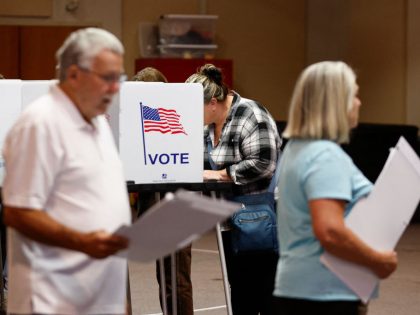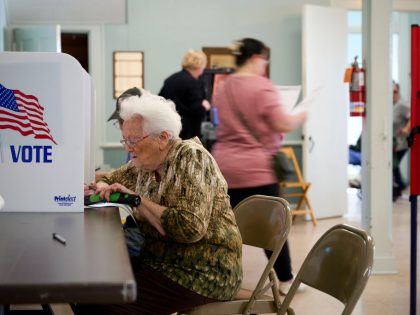
From “No Kings” to “A Fair Shot”
The fight to defend democracy will succeed only if it is rooted in the everyday economic realities that drive people’s disillusionment with politics in the first place.
Page 1 of 3Next
Jared Abbott is a researcher at the Center for Working-Class Politics and a contributor to Jacobin and Catalyst: A Journal of Theory and Strategy.

The fight to defend democracy will succeed only if it is rooted in the everyday economic realities that drive people’s disillusionment with politics in the first place.

Most voters aren’t rejecting Democrats over the culture war. They’re rejecting them because they don’t deliver.

Labor organizing can’t succeed at scale without a supportive legal and political environment, created by majoritarian coalitions that can win reforms, confront corporate power, and prove to skeptical workers that progressive governance delivers.

Populist economic policies grounded in the value of work and commonsense notions of fairness may be able to win over constituencies that have abandoned Democrats in recent decades. There’s a problem though: the Democratic brand is trash.

A new national poll shows democratic socialism has made enormous strides over the last decade. But to grow beyond blue strongholds, its champions will need to continue to anchor campaigns in bread-and-butter economics.

Zohran Mamdani’s astounding triumph shows the power of bread-and-butter economics and the bankruptcy of the Democratic establishment. But how many of its lessons can be applied nationally?

Polling shows Americans are ready to support independent populists running on economic platforms. But what they don’t want is anything associated with the Democratic Party’s brand.

Today advocacy groups and consultants influence political parties more than voters and members. In The Great Retreat, political scientist Didi Kuo shows that this has hollowed out democracy and facilitated the rise of the Right.

There’s no forging a durable working-class progressive coalition without winning back the blue-collar working class.

Third Way Democrats are right to obsess over the Democrats’ increasing troubles with working-class voters. But their solution is more of the Clintonian economic centrism that drove away working-class voters in the first place.

To win competitive districts, left-wing candidates must challenge both economic oligarchy and cultural elitism.

Dealignment from the Democratic Party now extends to every demographic group.

Pressed by influential corporate advisors, Kamala Harris ran away from a winning economic populist message and ended up losing a campaign. We have the proof.

All of a sudden, mainstream politicians and pundits are talking about class dealignment in American elections. We at Jacobin have published on dealignment for years — and wrote a short guide about why it’s such a pressing political issue.

A new book, Polarized by Degrees, argues that college-educated voters have come to dominate the Democratic Party and cultural institutions while Americans without a college degree feel increasingly alienated by the party’s technocratic worldview.

Dealignment from the Democratic Party now extends to every working-class demographic group. Here’s some important data that shows the depth of the problem.

Trump’s strength with non-college-educated voters is sinking progressives.

Racism and xenophobia are a part of why so many ordinary workers were won over to Donald Trump, but that’s far from the whole story. A careful study breaks down how Trump spoke to economic grievances and personal experiences.
Contrary to what you’ve heard, progressives actually can reach rural voters.

In Left Behind, economist Paul Collier tells a convincing tale of how market fundamentalism created inequality. He offers welcome solutions to global and regional disparities — but gives little attention to the kind of politics required to realize his aims.